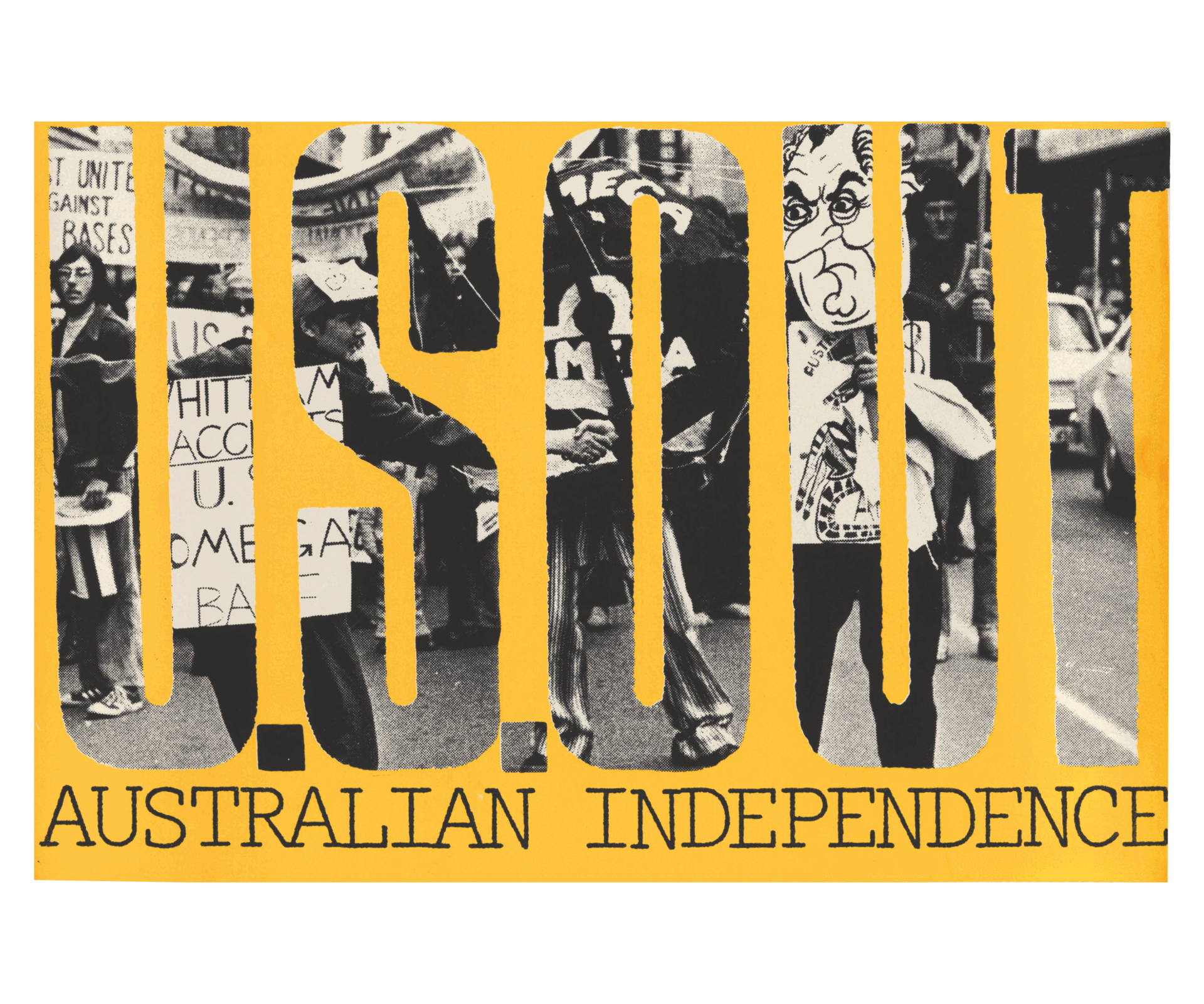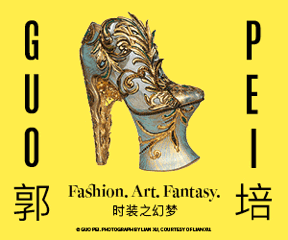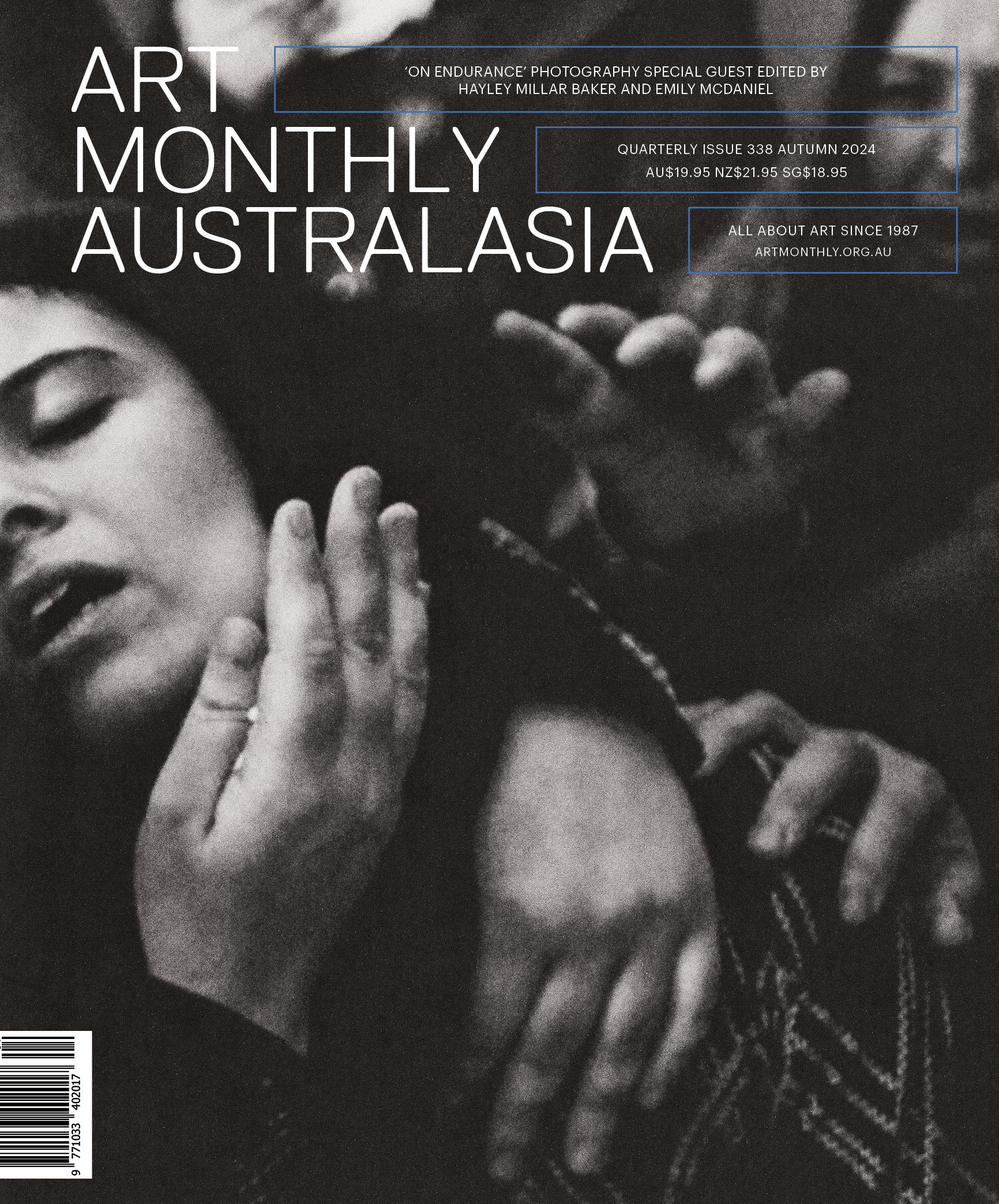‘Primavera 2016’ at the MCA
/Primavera 2016: Young Australian Artists, exhibition install view, Museum of Contemporary Art Australia, Sydney, 2016, featuring: Mira Oosterweghel, Precarious Life, 2016; Steven Cybulka, Divisions, 2016; and Ruth McConchie, salines, sirius, obelisk, 2016; image courtesy and © the artists; photo: Christopher Snee
‘Primavera’ is the Museum of Contemporary Art Australia’s annual exhibition of Australian artists aged 35 and under. Rather than focus on the artist’s hand, the 2016 iteration (which ran from 29 September until 4 December 2016) focused on the viewer’s body, with curator Emily Cormack exploring recent theories of embodied cognition, proposing that the creation of knowledge begins in the body rather than the brain.
The exhibition was curated in several sections exploring aspects of the body’s ‘porosity’: the respiratory, sensory, skeletal, muscular, nervous, endocrine and limbic systems. A small copper button near the exhibition’s entrance signalled Emily Parsons-Lord’s work The Confounded Leaving (2016), which released air akin to that of 250 million years ago during the earth’s greatest extinction period. Viewers heading the other way at the exhibition’s entrance were seduced by vinyl tape on the floor and a glowing blue light towards a dead end – the hue in Biljana Jancic’s A Beach (Beneath) (2016) being emitted from an empty projector. Past Parsons-Lord’s work the walls were punctuated by Danae Valenza’s Your Motion Says (2016), a series of neon squiggles reminiscent of shorthand, their lights and accompanying sounds swelling and receding with viewer proximity.
The exhibition’s bones were formed by Steven Cybulka’s structural intervention Divisions (2016), around which the other works spiralled within the gallery. These included Adelle Mills’s four-channel video work Axiom of Maria (2016) in which four performers interpreted a series of gestures, Pia van Gelder’s Recumbent Circuit (2016) which invited the audience to apply hands and feet to copper pads in order to activate the conductive properties of their bodies, and Ruth McConchie’s salines, sirius, obelisk (2016), a headset taking viewers on a virtual journey through the exhibition’s walls to its real and imagined surrounds. Suspended above it all was the rope ladder of Mira Oosterweghel’s Precarious Life (2016), over which a performer would occasionally move, bringing a sense of literally heightened risk to the double-height gallery space.
For an exhibition placing our fleshy selves at its core, ‘Primavera 2016’ was slick, minimal and inorganic. The artists employed synthetic and manufactured materials in new and experimental technologies, evoking a futuristic world of artificial air and light, virtual reality and holograms, and constructed environments and interfaces. While the exhibition opened up the possibility of the viewer leaving the space with a heightened sense of the body’s engagement with its context, the challenge for ‘Primavera’ was for audiences to engage with these often subtle works, displayed within the context of contemporary visual art, in a way which effectively explored the intent of the works and the show. Nonetheless, the exhibition was an intriguing curatorial vignette which explored the possibilities of the body as interface for the creation of knowledge.
Chloé Wolifson, Sydney





























